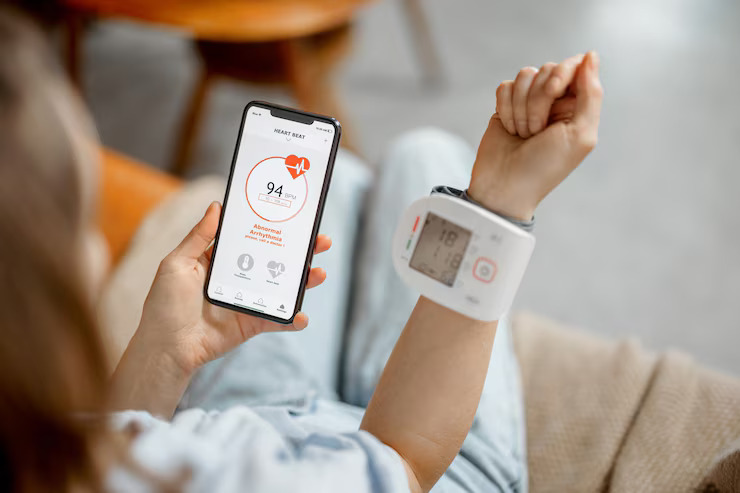In the ever-evolving landscape of healthcare and clinical research, the integration of wearable technology has brought about a revolutionary shift in the way patient-reported outcomes (PROs) are collected and analyzed in clinical trials. These sophisticated and user-friendly devices, worn on the body, have opened up a world of opportunities for both researchers and patients. In this blog, we’ll explore how wearables are transforming the field of clinical trials and the myriad benefits they offer.
The Rise of Wearables in Clinical Trials
Wearable devices, ranging from smartwatches and fitness trackers to more specialized medical devices, have become an integral part of clinical trial methodologies. These devices can monitor a wide range of physiological parameters, such as heart rate, blood pressure, activity levels, sleep patterns, and more. When seamlessly integrated into clinical trials, they provide valuable real-time data that can enhance the accuracy and depth of PROs.
Enhanced Data Accuracy and Objectivity
One of the primary advantages of using wearables in clinical trials is the improvement in data accuracy and objectivity. Traditional PROs often rely on patients self-reporting their experiences, which can be subject to recall bias, inaccuracies, or even intentional misrepresentation. Wearables, on the other hand, provide continuous, objective, and real-time data, reducing the risk of skewed results. This not only benefits researchers in their quest for accurate data but also leads to more reliable conclusions and better-informed decisions.
Remote Monitoring and Improved Patient Engagement
Wearables enable remote monitoring of patients, eliminating the need for frequent in-person visits. This is particularly beneficial in long-term clinical trials or when patients are geographically dispersed. Patients can wear these devices in the comfort of their own homes, reducing the burden of travel and clinic visits. This convenience not only improves patient compliance but also enhances overall engagement in the study.
Richer Data Insights
Wearable devices don’t just provide data points; they offer a holistic view of a patient’s daily life. This wealth of information can be invaluable in clinical trials. For example, in a trial for a chronic condition, wearables can track a patient’s daily activity, sleep patterns, and vital signs over an extended period. This data can help researchers identify patterns, triggers, and correlations that might not be apparent through intermittent self-reports.
Early Detection and Intervention
Wearables can serve as early warning systems. By continuously monitoring key health metrics, they can detect deviations from baseline values, allowing for early intervention. This proactive approach can be a game-changer in clinical trials, especially those focused on conditions where early detection and management are critical.
Challenges and Considerations
While the opportunities presented by wearables in clinical trials are substantial, they also come with challenges. Privacy concerns, data security, device compatibility, and patient adherence need to be carefully addressed. Researchers must also ensure that the data collected aligns with the trial’s objectives and that it meets regulatory standards.
Conclusion
The integration of wearables into clinical trials for patient-reported outcomes is a promising development in medical research. These devices not only enhance data accuracy but also improve patient engagement, offer richer insights, and enable early detection of changes in health. As technology continues to advance and wearable devices become more sophisticated, their role in clinical trials is likely to expand further. In the pursuit of more effective treatments and a deeper understanding of patient experiences, wearables have undoubtedly become a valuable asset in the researcher’s toolkit.













